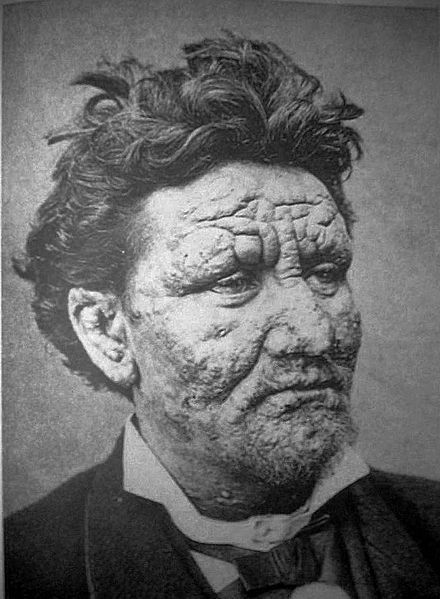-
 Mimicry
Mimicry
-
 Cancer
Cancer
-
 Eclogite
Eclogite
-
 Dreikanter
Dreikanter
-
 Hawking radiation
Hawking radiation
-
 Colloidal aggregate
Colloidal aggregate
-
 Warez
Warez
-
 Variable
Variable
-
 Pigmentation
Pigmentation
-
 M 95
M 95
-
 Altruism
Altruism
-
 Nodular
Nodular
-
 Essential amino acid
Essential amino acid
-
 Error rate
Error rate
-
 Canopy
Canopy
-
 Hard acid
Hard acid
-
 Prognosis
Prognosis
-
 Rodenticide
Rodenticide
-
 Ramjet engine
Ramjet engine
-
 Magnetic reconnection
Magnetic reconnection
-
 Planetary nebula
Planetary nebula
-
 Active galaxy nucleus
Active galaxy nucleus
-
 NAT
NAT
-
 HMAC
HMAC
-
 Black poplar
Black poplar
-
 Domestication
Domestication
-
 Obliquity
Obliquity
-
 Feynman diagrams
Feynman diagrams
-
 Host plant
Host plant
-
 Bioavailability
Bioavailability
Leprosy
Leprosy is an infectious disease which can now be cured.
History of leprosy
Leprosy was known in ancient China, Egypt and India. The first written reference to leprosy dates back to 600 years before Christ. Sufferers have often been rejected by their communities and families throughout history.
The leprosy agent
Leprosy is a chronic disease caused by the bacillus Mycobacterium leprae.
Transmission of leprosy
Leprosy is not particularly contagious. It is transmitted by buccal or nasal droplet spread following close frequent contact with an untreated infected person.
Symptoms of leprosy
M. leprae grows very slowly and the incubation period for the disease is approximately five years. The symptoms may only develop after twenty years.
Leprosy mainly causes skin and nerve damage. Untreated, it can cause progressive permanent damage to the skin, nerves, membranes and eyes. The term paucibacillary (PB) leprosy is used if the person has one to five painless skin lesions. The term multibacillary (MB) leprosy is used if the patient has more than five painless skin lesions.
Treatment of leprosy
Leprosy is a treatable disease and early treatment avoids disability. Minimal training is sufficient to diagnose leprosy from clinical signs alone. In 1981 a World Health Organisation (WHO) working group recommended polychemotherapy (PCT). This involves three medicines: dapsone, rifampicin and clofazimine. This combination of medicines destroys the pathogen and cures the patient. PCT is safe, effective and easily administered on the ground. All patients can receive this because one month's treatment is packaged in very practical blister packs.
 Leprosy patients now have an effective treatment. © Public domain
Leprosy patients now have an effective treatment. © Public domain
Latest
Fill out my online form.



